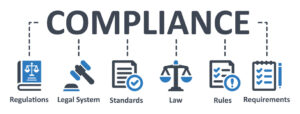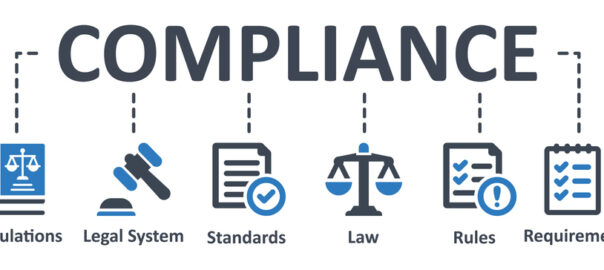It is that time again! The days are fast approaching to gear up and get prepared for the International Commercial Vehicle Safety Alliance (CVSA) roadside inspection. Nearly 10,000 CVSA-certified local, state, provincial and federal inspectors will be inspecting trucks and busses along North American highways.

This is the largest inspection program on commercial motor vehicles in the world. On average, 17 vehicles per minute will be inspected across a three-day span.
What to Expect During a CVSA Road Check Inspection
The CVSA road check is a 37-step, Level 1 Inspection including an examination of the driver, co-driver, and the vehicle.
The driver and co-drivers are usually among the first to be inspected in this 37-step process. Inspectors will be looking at the driver’s overall condition; making note of signs of alcohol or drug use, illness, fatigue or any other impairments. Inspectors will often ask questions regarding the starting and ending point of the trip and the load. Questions also include the driver’s last stop, last fueling and their last inspection. The inspector needs to know about any problems or issues that have occurred during their trip. Wear your seatbelt; inspectors look for safety as well.
The following items are mandatory during inspection:
- CDL
- Vehicle Registration
- Medical Examination Certificate
- Skill Performance
- Evaluation (SPE) Certificate (if applicable)
- Record of Duty Status
- Daily Inspection Report
- Periodic Inspection Documentation
- Bills of Lading (other paperwork pertaining to this trip)
- Driving Record or Log Book
The truck inspection includes:
- Brake Safety System
- Coupling Devices
- Exhaust System
- Frame
- Fuel System
- Lights
- Safe Loading
- Steering Mechanism
- Suspension
- Tires
- Van and Open-top Trailer Bodies
- Wheels and Rims
- Windshield Wipers
- Emergency Exits (on buses)
- Low Air Warning Device
- Leaks and Air Loss Rate
- Tractor Protection System
Being Prepared
Some of the most common violations to check for include: brakes out of adjustment, lights, tires and wheels, and cargo securement. Other areas to review to prevent a violation are coupling devices, fuel and exhaust systems, frame, van, and open-top trailers, steering, suspension, rims and hubs. Remember, if you end up in a Level 1 inspection, when you pass, you get a CVSA decal for it.
Below are a few ways to be proactive and prepare yourself early for this inspection:
- Pre-inspect the vehicle, including the load and mirrors for every trip.
- Minimize driving distractions, including phone use and a loud radio.
- Keep the logbook current and neat. Inspectors will want to see the last seven days of activity.
- Make sure all paperwork is accurate and current.
- Check for bad tires and rims.
- Avoid lapses in attention and poor judgment by getting enough rest. Sleep deprivation is a threat to safe driving.
All inspection violations become a part of the CVSA permanent record. The more violations on your driving record raises the chances of being out of a driving career. The point to the inspection is not to impose more stress on a driver; you face enough stress everyday trying to do your job. However, the inspection is to help ensure not only your safety, but also the safety of others you share the roads with.
Trucking Industry Support
Landstar Trucking Company supports the efforts of CVSA and call on all drivers to be an integral part of this initiative. We abide by and urge all drivers to comply with commercial vehicle safety maintenance and regular inspections that impact individual compliance, safety and accountability.
Before getting out on the road, be sure to do a pre-trip inspection. Doing so, can help lower the chances of receiving violations from a CVSA road check or the Department of Transportation.


